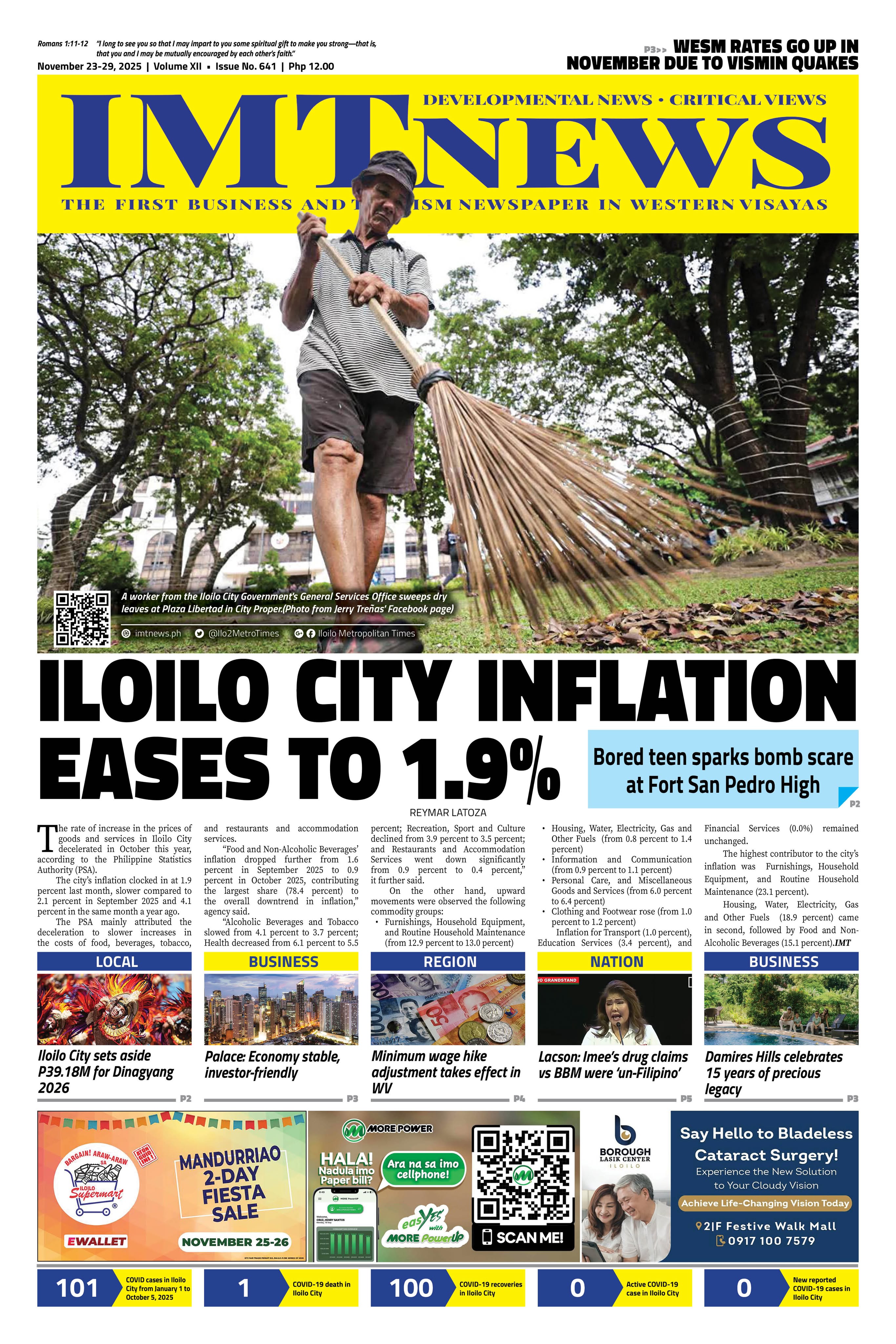I have long loved zoos. In our family travels, it is a must-visit, for our son is so interested in grand animals that strut like they are kings in their own rights. So, can you imagine that certain sadness when you know that it does not exist in your immediate community/province and that you must travel by air or by sea just to visit one. I can name at least 3 advantages of having one namely: a. tourist attraction site – it significantly helps boost visiting count for local and international travellers and may open economic opportunities for community members like offering jobs in the zoo, in restaurants and souvenir shops along it, b. advocacy and educational opportunities – the zoo will provide live learning experiences for children and may be a vehicle to enlighten them about animal protection and welfare and be a part of special projects geared along that line, c. encourages family and community cohesion – it is a happy place that welcomes family and community members to be together and make unforgettable memories by simply relaxing and appreciating God’s gift to mankind: animals.
Unfortunately, a zoo doesn’t come without challenges. Foremost of which is the ethical issue of captivity which animal activists do not take sitting down. Another is the high cost of maintenance and care needed in ensuring the longevity of such a place and that includes the medical expenses when animals need it.
One of the most extensive and impressive zoos I have visited is the Toronto Zoo in Canada, which opened in 1974 and is home to almost 6,000 animals to date in a whopping 280 hectares of land. There is such an admirable organization of the animals based on 7 zoogeographic regions: Indo-Malaya, Africa, Americas, Tundra Trek, Australasia, Eurasia Wilds and Canadian Domain. Naturally, you will see animals that belong in that part of the world not just enclosed in typical cage-like areas but wide, open spaces where they can enjoy being themselves. The home of the 2 giraffes alone could be comparable to a parking lot of a famous mall.
But what had me gaping the most was the presence of an Animal Hospital right in the middle of the zoo and the presence of vets 24/7, I was told, so that all animals within the place are ensured of immediate medical attention when necessary.
Which also explains the semi-affordable entrance rate of the zoo. As of 2025, it ranges between C$40-45 per adult or roughly P1,600-P1,850. For a chance to see animals you never do, walk around the placid and lush vicinity for a day (we didn’t get to finish the 7 areas) and best of all, see my son ecstatic about this experience, it was all worth it.
Take-away: Maintaining a huge area like this takes strategic partnerships among the public and private sectors. Clearly, any government won’t be able to manage it alone, it will require external resources to keep it going. One best practice I learned is their sponsorship endeavors where they partner with companies and ask donation from employees to be deducted from their monthly salaries automatically. Applying this process though entails a committed form of quality governance from the zoo in terms of transparency and a strong reputation of integrity to ensure continued support from upright citizens. Some qualities that may be lacking in other countries which begs the question: Is the zoo for you?
(Source: Toronto Zoo website)






